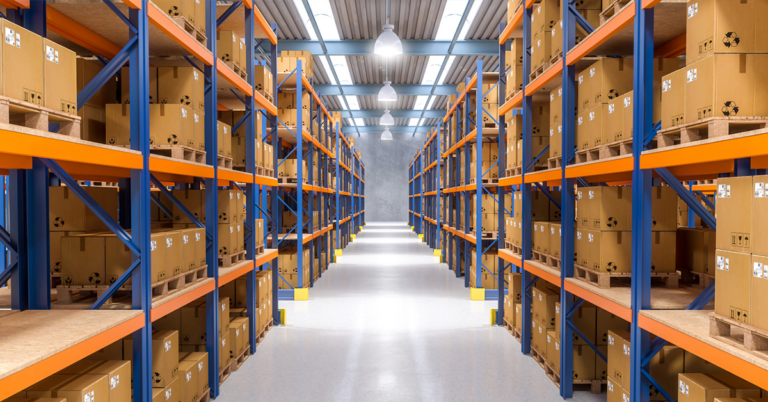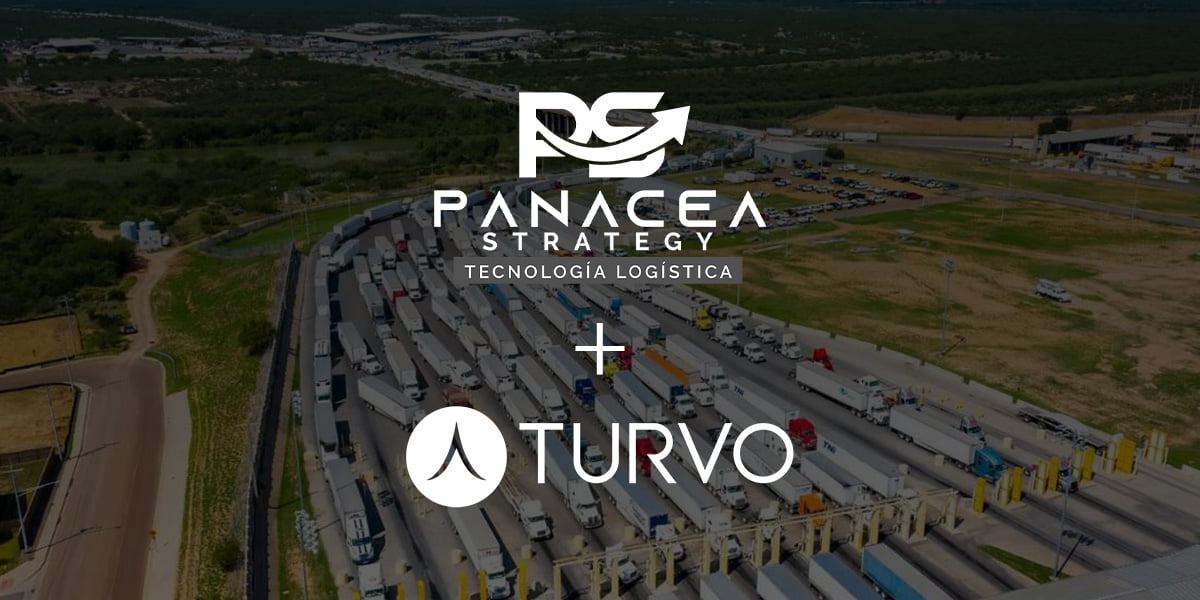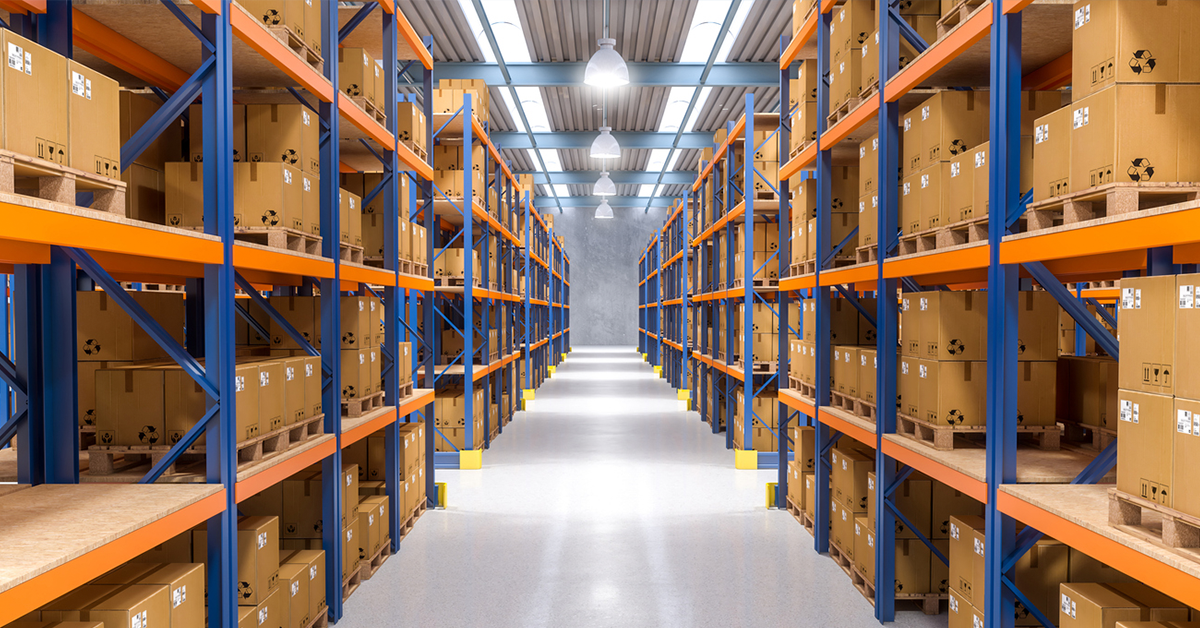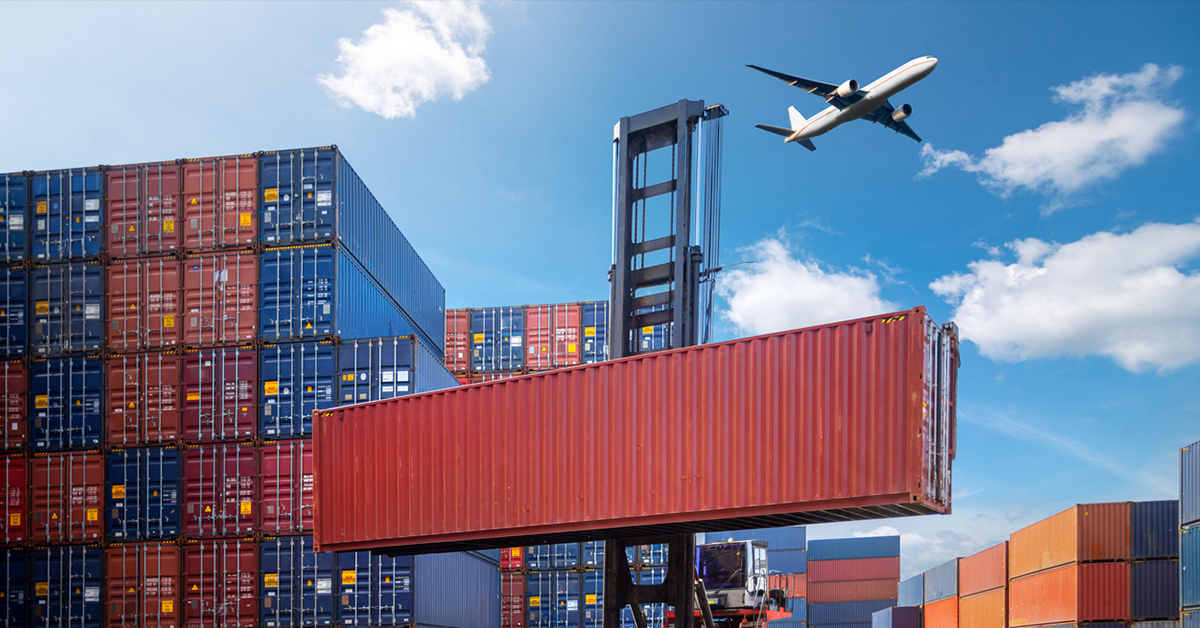The global economy has become such a tightly knit web of crisscrossing supply lines that it has truly become one of the marvels of the modern world. The transportation of both goods and raw materials from one country to the next is, without a doubt, the most complex and carefully choreographed dance in human history. So much has to go just so in order for it to be executed smoothly.
Interestingly enough, the distance and mode of travel don’t alter the complexity nearly as much as might be expected. Sometimes it can be just as difficult to transport freight across the border as it can be to ship it over the sea. In particular, when 60% or more of the freight crossing the border passes through one town and across one bridge, it can be quite complex indeed.
International Bridge 4, aka The World Trade Bridge
During 2020, The United States imports nearly $325.4 billion worth of automotive, agricultural, computers, crude oil, and myriad other manufactured parts. On average, there are 35,000 trucks that cross the border between the United States and Mexico each day. Of that number, an average of 60% or more pass through Laredo, Texas, via International Bridge 4, otherwise known as The World Trade Crossing.
Spanning the Rio Grande River, the eight-lane World Trade Bridge connects Laredo, Texas, to Nuevo, Laredo, Mexico, and was built to handle the rapid growth in trade between the neighboring countries.
The eight-lane, $128 million World Trade Bridge crosses over the Rio Grande River and connects Laredo to Nuevo Laredo, Mexico. It was constructed to handle the high volume of commercial truck traffic between Mexico and the United States. Given the volume of freight in transit, Laredo, Texas, is the third busiest port in the United States, trailing just after the Port of Los Angeles and the Port of Long Beach in California.
The Advantage of a Full-Service Logistics Provider
There are many reasons why a shipper (importer or exporter) might opt to work with a third-party logistics provider, not the least of which is that a good 3PL takes a lot of the hassle and complexity out of doing business, especially when operating internationally.
There are a variety of 3PL solutions to choose from, depending on operations. In the case of international trade, like importing and exporting between Mexico and the United States, a full-service logistics provider is among the most versatile and helpful.
A full-service partner is, in the name, a one-stop shop for logistic services. They offer both freight forwarding as well as customs brokerage services and are responsible for securing and coordinating transportation, gathering the necessary paperwork for transit, clearing the goods through customs, and arranging for final delivery to the end customer.
For international operations, a full-service partner is indispensable for smooth and efficient freight transportation.
A Challenge and an Opportunity
With the sheer volume of traffic crossing into and out of Laredo, the need for a capable logistics provider has become paramount, which is where Panacea Strategy enters the picture. There are over 1000 different logistics service providers located in Laredo alone, each with different levels of capability and technology, most of which are either outdated or heavily manual and prone to error.
“We wanted to partner with Turvo for the Laredo, Texas, and Mexican logistics industry, as we saw an awesome opportunity to bring a broker and forwarder-facing TMS to market. Laredo alone has over 1,000 logistics providers and very few enterprise-ready TMS solutions with the necessary business intelligence capabilities to serve this market. Prior to Turvo’s partnership with Panacea, local logistics companies had to source outdated technology or rely on manual processes. Now they can use the most modern TMS for their logistics needs,” said Alaster Love, Chief Technology Officer at Panacea Strategy.
Before Panacea Strategy and Turvo, logistics providers had to rely on a multitude of tools, including spreadsheets and various apps or web portals, to manage day-to-day operations at the cost of efficiency and visibility. Through its partnership with Turvo, Panacea Strategy is able to offer customers a singular tool that handles all of their transportation management needs.
“Panacea Strategy and Turvo are changing the way that the logistics provider engages with its customer, the importer or exporter. How so, data and visibility! Customers today want the best customer experience with the most modern user interface. We make this happen and can combine multi-modal transportation legs, import and export, and other fields with the most intuitive tool available today for cross-border trade,” says Jayson Peterson, Vice President of Strategic Alliances at Turvo.
About Turvo
Turvo provides the world’s leading collaboration application designed specifically for the supply chain. Turvo connects people and organizations allowing shippers, logistics providers, and carriers to unite their supply chains, deliver outstanding customer experiences, collaborate in real-time, and accelerate growth. The technology unifies all systems, internal and external, providing one end-to-end solution to execute all operations and analytics while eliminating redundant manual tasks and automating business processes. Turvo’s customers include some of the world’s largest, Fortune 500 logistics service providers, shippers, and freight brokers. Turvo is based in the San Francisco Bay Area with offices in Dallas, Texas, and Hyderabad, India. (www.turvo.com)








